Nanho Purple Butterfly Bush
$79.50 Original price was: $79.50.$55.65Current price is: $55.65.
- Free Shipping over $25
- Fast & reliable delivery options
- Enjoy top quality items for less
- Multiple safe payment methods

Butterfly bushes arouse strong feelings in gardeners. Some consider them as noxious weeds – which they can be in some parts of the country. Others consider them indispensable summer and fall bloomers, and magnets for butterflies. There is no doubt that pollinating insects, from bees to butterflies, benefit from them as important food sources, and if you live in an area where they are not so invasive – cooler parts of the east for example – then go ahead, enjoy them. Here at the Tree Center we believe in satisfying everyone, so if you are looking for sterile, non-invasive types, sold as ‘Nectar Bush’ in Oregon, check out ‘Miss Molly’, ‘Miss Ruby’, and all the Flutterby™ and Lo & Behold® varieties. But if you are in many parts of the country, or want to dead-head your bushes carefully, then the classic Nanho Purple Butterfly Bush is a huge favorite and a top choice. It has those huge, fragrant flower spikes we all love, grows only about 5 feet tall, and it pumps out blooms for weeks and weeks, swarming every day with butterflies – what a sight!
Growing the Nanho Purple Butterfly Bush
Size and Appearance
The Nanho Purple Butterfly Bush is a deciduous shrub, branching from the base, forming a broad, rounded bush about 5 feet tall and 6 feet wide within a couple of seasons. The stems are slender, with pale-gray bark, forming a woody base. Because of the breeding of this variety, it has smaller leaves than usual, no more than 5 inches long. They are slender and willow-like, and a beautiful, soft, gray-green color, with a thick textured feel, creating a plant with an open, airy feel to it.
This bush blooms on new growth that develops in spring from the stems. By June it will be in bloom, and flowering continues on this fabulous bush all the way into September, often only stopped by the first hard frost. The individual flowers are tiny, but they are packed by their hundreds into long, tapering spikes that top every branch. These spikes are between 6 and 12 inches long, depending on your growing conditions – the early spikes in the season tend to be the largest. The blooms have a sweet, honey-like fragrance, and they are a beautiful and striking plum-purple, with each individual flower having a tiny orange dot in its center. Spikes stay in bloom for a week or two, and before they have even faded completely more are opening on side-shoots. Flower production is continuous, making a striking display throughout summer and early fall. Super easy to grow, this shrub is fast-growing, and a true winner.
Using the Nanho Purple Butterfly Bush in Your Garden
Grow the Nanho Purple Butterfly Bush as an accent plant among other shrubs. Plant it against a wall, or along a picket fence – that really highlights its unique open look. Grow it near where your children play – they will be fascinated and delighted by the hordes of butterflies it attracts. Use it in open, sunny areas and among rocks – it thrives in drier parts of your garden.
Hardiness
The Nanho Purple Butterfly Bush is hardy from zone 5 all the way into zone 9. This bush is always late to begin sprouting, especially in cooler zones, so be patient. Good drainage and lighter soils help it survive the winter in zone 5 – don’t plant in areas that are wet in winter, or where ice accumulates.
Sun Exposure and Soil Conditions
Sun, sun and more sun are best for the Nanho Purple Butterfly Bush, which thrives in hot areas. It grows easily and quickly in all well-drained soils, even poor sandy ones and in urban conditions. Avoid moist areas and low-lying wet spots. All kinds of soils, from alkaline and acidic are suitable.
Maintenance and Pruning
Pests and diseases are rare, making this one of the easiest bushes to grow successfully – as well as one of the quickest. For the best blooming and appearance, prune in spring. These shrubs are slow to sprout, so wait until you see some buds opening, and then prune immediately. Remove all dead wood back to a healthy pair of buds. Shorten back stems of the year before to about 2 or 3 pairs of buds. You can keep a framework of older branches to give height, but growth is rapid and plants soon reach full size within the season. Dead-heading, by removing flower spikes as they go over, stops seed development and encourages the most blossoms.
History and Origin of the Nanho Purple Butterfly Bush
The butterfly bush, Buddleja davidii, comes from China, where it was found along the border between China and Tibet by the French missionary and naturalist Pere Armand David in 1869. He sent it to the west, where it immediately became popular. There are different varieties in different parts of China, and in Kansu there is a smaller, more cold-resistant type with narrower and grayer leaves. It was introduced to the West in 1914 by the naturalist Reginald Farrer, and today we know it as Buddleja davidii var. nanhohensis. In 1980 breeders at the Monrovia Nursery in California crossed that variety with an old Buddleja davidii variety called ‘Royal Red’. That old variety was bred in Ohio in the 1940s. Monrovia then crossed the seedlings with ’Royal Red’ again. Among the seedlings they got was a compact plant with gorgeously-colored purple blooms. It was named ‘Monum’, but never patented. In 1997 Monrovia registered it with the trademark of Petite Plum®, and it’s also sometimes (mistakenly) sold as Petite Purple, but most often simply as Nanho Purple, to show where it came from.
Buying the Nanho Purple Butterfly Bush at the Tree Center
This classic butterfly bush was recognized as very valuable in 2002, when it received the Award of Garden Merit from Britain’s Royal Horticultural Society. It was also graded as ‘Good’ in trials by the Chicago Botanic Gardens. We love it’s classic beauty and large blooms, but on a more compact and manageable bush. It’s a widely-recognized name, so it sells fast – order now.
Be the first to review “Nanho Purple Butterfly Bush” Cancel reply
Related products
Lilacs
Hydrangeas
Shrubs and Hedges
Hydrangeas
Hydrangeas
Boxwood Shrubs
Lilacs
Other Shrubs & Hedges

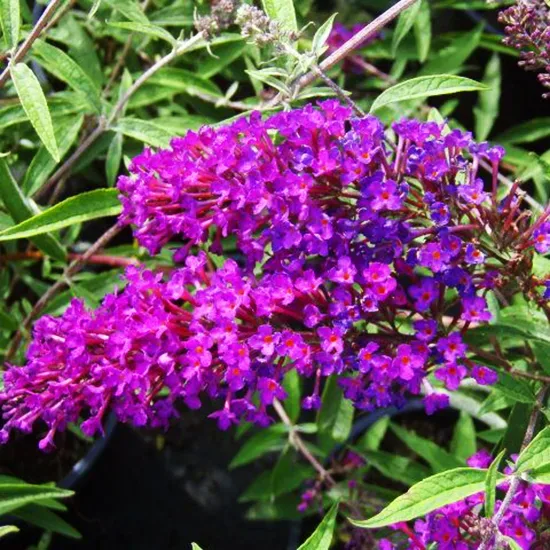
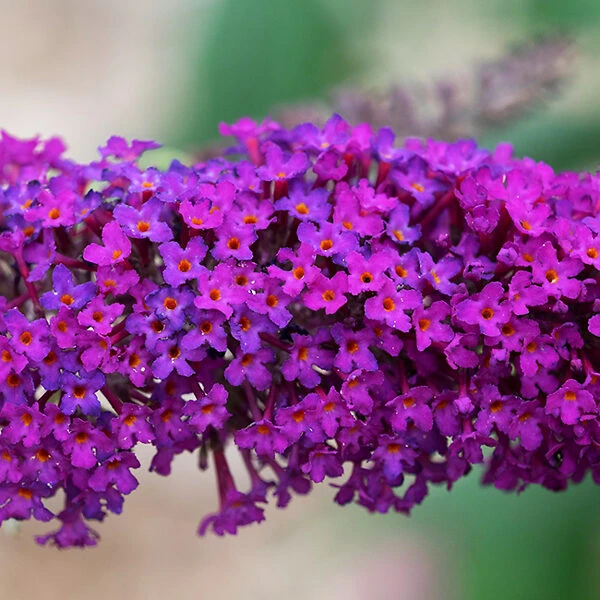
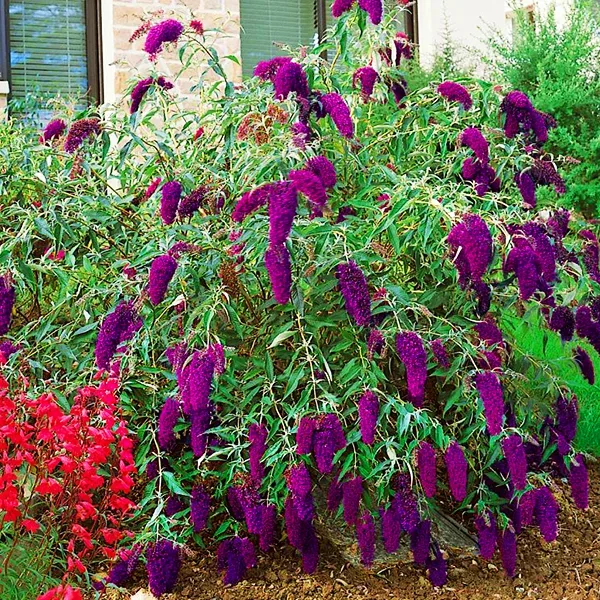
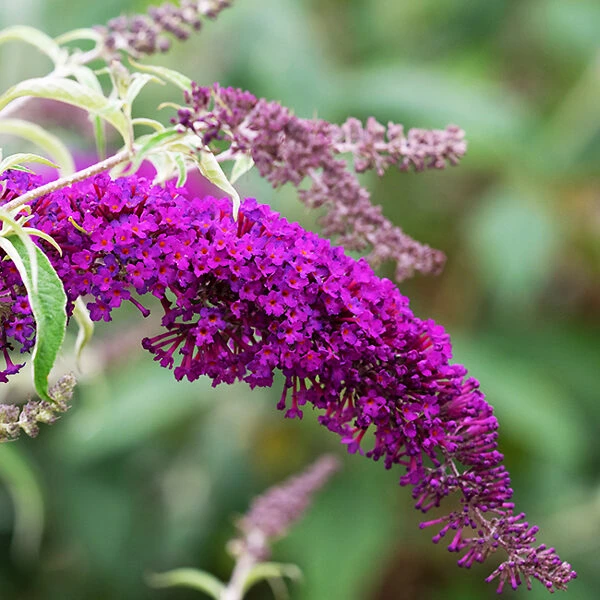
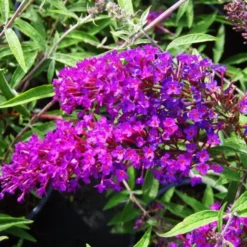
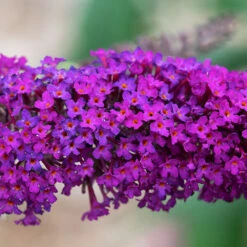

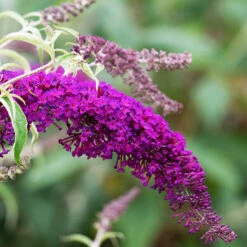
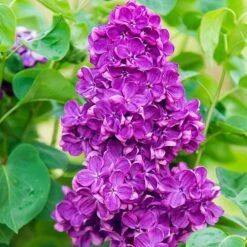
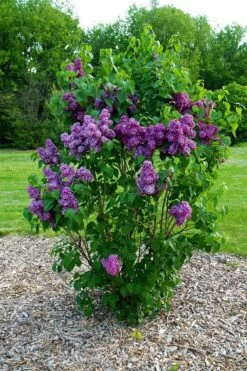
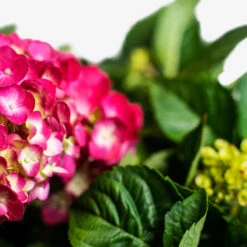

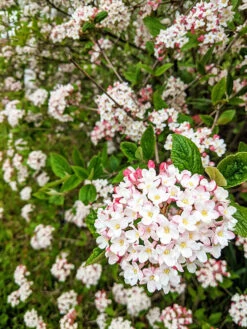
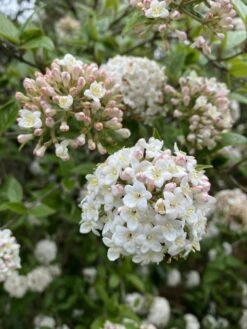
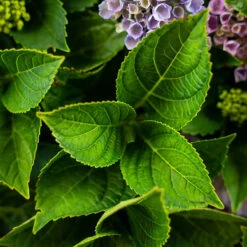
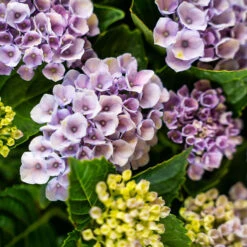





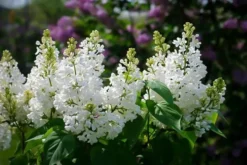
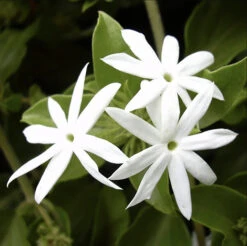
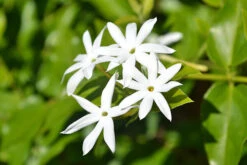
Reviews
There are no reviews yet.